Poland’s ‘priceless’ primeval forest pits environmentalists against state
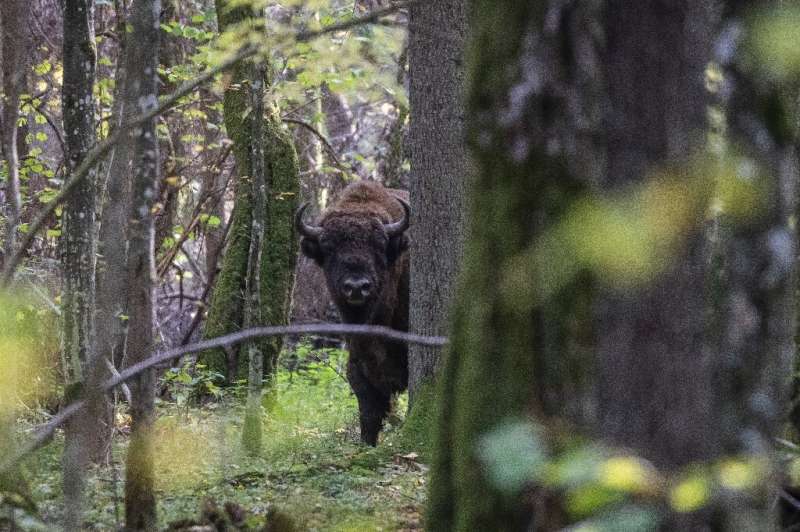
Stopping by a giant oak tree in Europe’s largest surviving primeval forest, environmental journalist Adam Wajrak pauses in admiration.
“The trees here were born when the United States did not exist yet, when electricity had not been invented,” said the journalist, who moved to a village in the vast Bialowieza forest 25 years ago.
“It’s shocking that we protect historical monuments that are 400 years old but we cut down living organisms of the same age.”
The forest, which is divided by the Poland-Belarus border, is a treasure of biodiversity and a giant carbon sink.
It has become a battlefield between environmentalists eager to protect it, and the state forestry agency keen to log it and many local residents who like to forage in it.
Forests have covered the area continuously for some 12,000 years, according to Bogdan Jaroszewicz, director of the University of Warsaw scientific unit in Bialowieza, a picturesque village of mostly wooden homes that is the main access point to the forest.
“Bialowieza is a giant open-air laboratory that allows us to study ecosystems evolving without human intervention.
“It’s a window on the past… from the point of view of the future, it’s a priceless natural genetic reservoir,” he said.
While other forests in Europe were cut down to make way for arable farming and then either grew back naturally or were replanted, Bialowieza has grown wild, virtually untouched.
The Bialowieza forest covers an area of 1,500 square kilometres and is dissected by the border between Belarus and Poland.
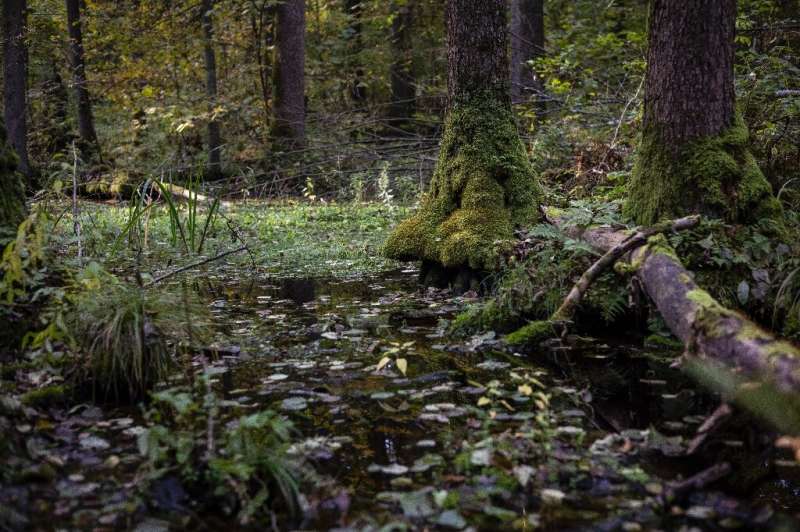
Some 42 percent of it lies on the Polish side, and over a third of this is protected—including with a UNESCO heritage listing—but the rest is managed by the state forestry agency and subject to logging.
On the Belarusian side, the forest is entirely protected.
Carbon reservoir
Strolling deep in the forest, Wajrak stopped to pull some hairs caught on a tree trunk.
“A bison has passed here,” said Wajrak, who works for the Gazeta Wyborcza daily.
An emblematic animal for Poland, bison were hunted for centuries and disappeared from Bialowieza, its last habitat in Europe, before World War II. They were reintroduced using specimens reared in zoos.
There are currently estimated to be 715 bison in the forest—around half of Poland’s bison population—along with around 40 wolves and 15 lynxes.
In total, there are around 12,000 animal species in Bialowieza—mainly invertebrates—and around 1,000 plant species.
Some of the oaks have a circumference of six metres (20 feet) and are 40 metres high. Spruces can grow even higher—up to 50 metres, the equivalent of a 12-storey building.
In the forest, dead trees are as important as living ones.
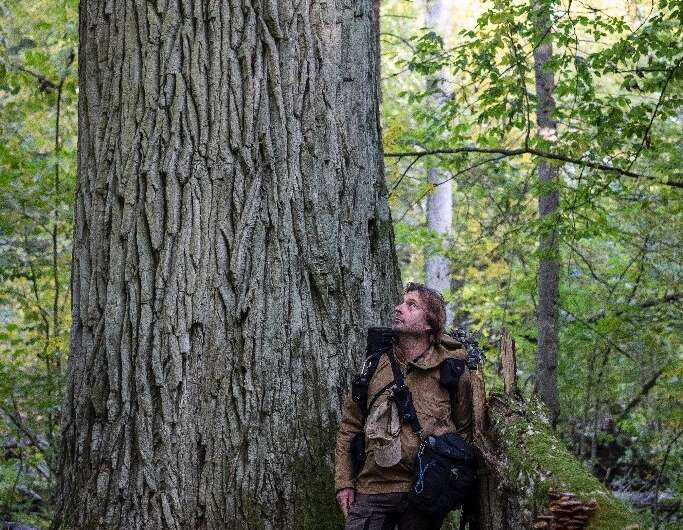
“What makes Bialowieza different from commercial forests is the abundance of dead trees. Most of the animal species are linked to them. It’s a habitat for insects, mushrooms and lichens,” said Adam Bohdan from Wild Poland, a non-governmental organisation.
Wajrak said that Europeans have become used to manicured “pseudo-forests”.
“But the norm is Bialowieza—chaos, mess, trees lying on the ground rotting and giving life to other organisms,” he said.
“A primeval forest is more resistant to climate change and constitutes the best and most stable carbon reservoir in existence.”
Breaking environmental laws
In 2016-2019, an infestation of spruce bark beetles led to the greatest crisis in Bialowieza’s recent history.
The state forestry agency embarked on a major logging operation in Bialowieza with the justification of combating the spread of the wood-boring insects, angering environmentalists and the EU.
Campaigners said the government just wanted to sell more wood.
In order to stop the clearing, they chained themselves to trees and logging equipment.
Bohdan said he was taken down from a harvester by officers who slashed his harness with a knife, cutting his skin.
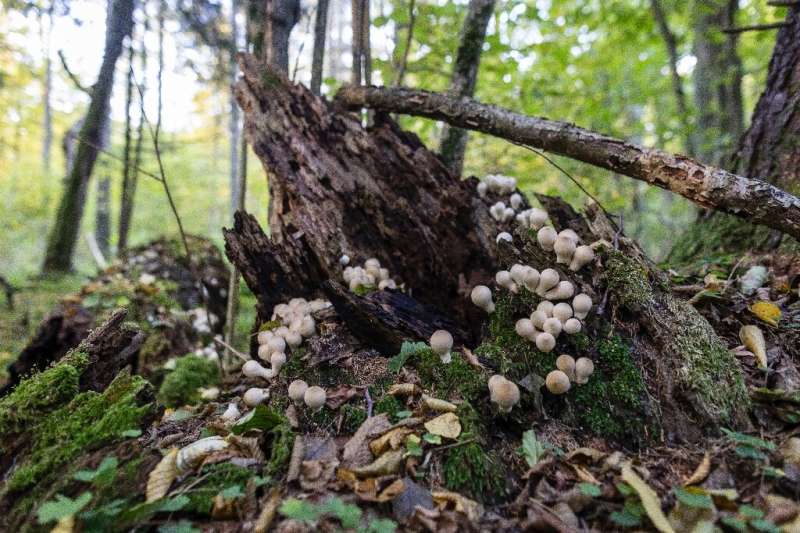
According to Bohdan, more than 700 hectares were logged, including many trees that were more than a century old.
The European Court of Justice ruled against Poland for breaking environmental laws and the government ceased logging in 2018.
‘Not logging’
In October, a limited amount of logging resumed in Bialowieza.
Bohdan said the felled trees included “large oaks that were nearly 90 years old” and the authorities used “the ridiculous pretext that it was to make space to plant other oaks”.
Environmentalists have called for a halt to the logging.
But Jaroslaw Krawczyk, a spokesman for the state forestry agency in the nearby city of Bialystok, said the activity was “not logging”.
“It’s management, conservation, protection and renewal,” he said.
In the rural commune of Hajnowka, many residents said they were opposed to expanding the protected area in the Bialowieza forest.
“If the park is expanded, we won’t be able to pick mushrooms or berries, or use the wood to heat our homes,” said Lucyna Smoktunowicz, mayor of the commune, home to around 3,000 people.
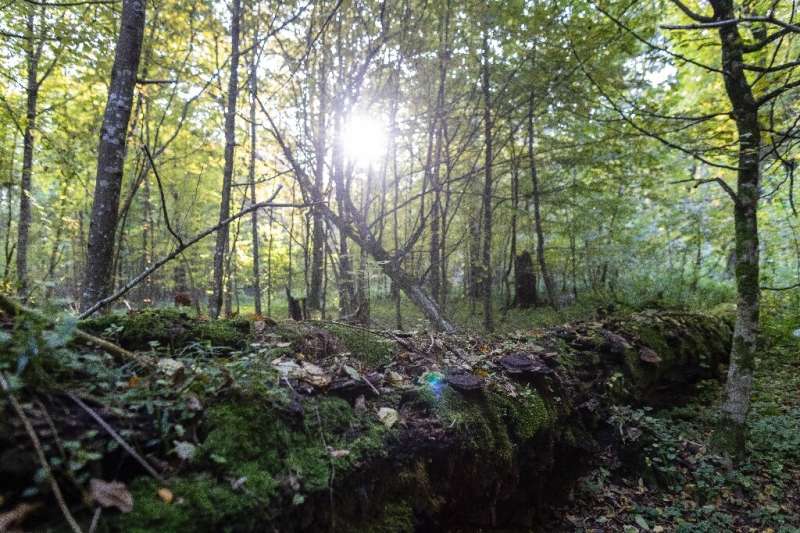
Local communes benefit from taxes paid by the forestry agency and from additional spending on infrastructure such as roads.
The possible expansion of the national park protected area triggers strong emotions.
“If we say that we’re in favour of expanding the park, we can have problems at work, at home, conflicts with family and friends. It’s very tough,” said Joanna Lapinska, from the association Locals For The Forest.
‘Tough, resistant’
The forest has other problems too.
It is now divided by a new five-metre-high razor wire fence that Poland has to put up to stop an influx of migrants from Belarus.
“When an animal tries to cross it, it gets injured, it starts to panic, it gets stuck, its muscles are torn, its tendons are torn and it bleeds to death in shock,” said Rafal Kowalczyk, head of the Polish Academy of Sciences unit in Bialowieza.
He said entire animal populations could be put in danger.
Despite all the threats to its existence, its supporters are hopeful of the forest’s ability to survive.
On his walk, Wajrak looked up at his favourite hornbeam trees.
“When they get old, wrinkles appear, cracks, they twist. They’re like human beings—tough, resistant.”
Poland broke EU law by logging in ancient forest: court
© 2021 AFP
Citation:
Poland’s ‘priceless’ primeval forest pits environmentalists against state (2021, November 3)
retrieved 3 November 2021
from https://phys.org/news/2021-11-poland-priceless-primeval-forest-pits.html
This document is subject to copyright. Apart from any fair dealing for the purpose of private study or research, no
part may be reproduced without the written permission. The content is provided for information purposes only.
For all the latest Science News Click Here
For the latest news and updates, follow us on Google News.

